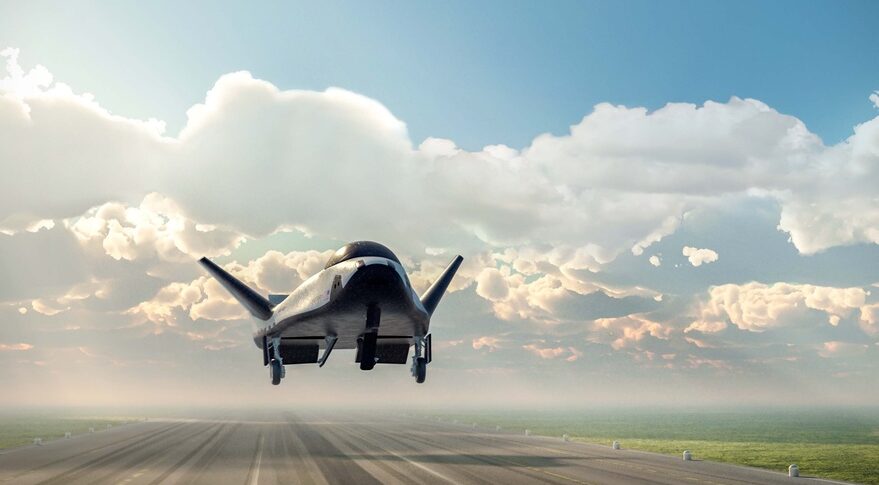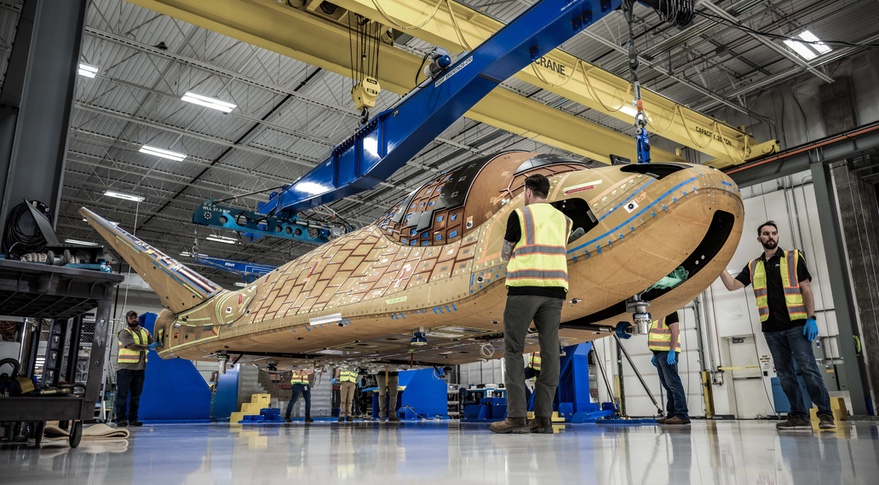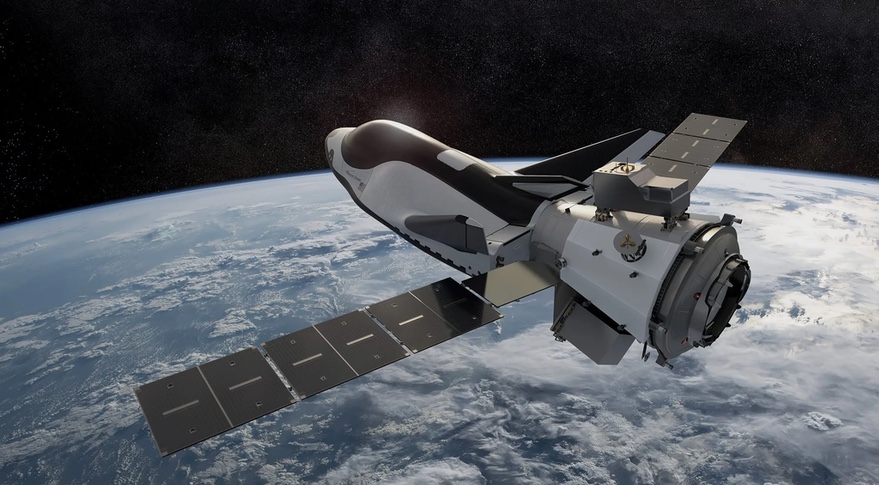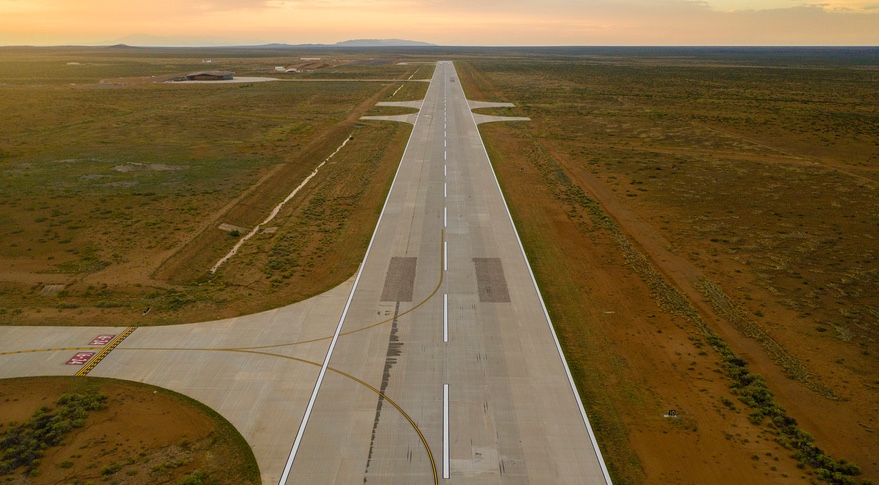Sierra Space to study Dream Chaser landings in Japanby Jeff Foust — February 26, 2022 [SN]
 Sierra Space will work with a Japanese company an a local government to study potential landings of its Dream Chaser vehicle at a Japanese airport. Credit: Sierra Space
Sierra Space will work with a Japanese company an a local government to study potential landings of its Dream Chaser vehicle at a Japanese airport. Credit: Sierra SpaceWASHINGTON — Sierra Space has signed an agreement to study future landings of its Dream Chaser vehicle at a Japanese airport.
Sierra Space, working in cooperation with Kanematsu Corporation and Oita Prefecture, announced Feb. 26 the memorandum of understanding regarding landings of Dream Chaser at Oita Airport. As part of the agreement Sierra Space and Kanematsu will collaborate on potential business opportunities in Japan and elsewhere in Asia for Dream Chaser.
Source:
https://spacenews.com/sierra-space-to-study-dream-chaser-landings-in-japan/First Dream Chaser vehicle takes shapeby Jeff Foust — April 29, 2022 [SN]
 The first Dream Chaser vehicle, built for ISS cargo missions, nears completion at a Sierra Space facility in Colorado. Credit: Sierra Space
The first Dream Chaser vehicle, built for ISS cargo missions, nears completion at a Sierra Space facility in Colorado. Credit: Sierra SpaceWASHINGTON — Sierra Space says it is making good progress on its first Dream Chaser spaceplane as the company looks ahead to versions of the vehicle that can carry crews and perform national security missions.
The company provided SpaceNews with images of the first Dream Chaser, named Tenacity, being assembled at its Colorado headquarters. The vehicle’s structure is now largely complete, but there is still more work to install its thermal protection system and other components.
https://spacenews.com/first-dream-chaser-vehicle-takes-shape/Sierra Space to partner with Spirit AeroSystems on Dream Chaser cargo modulesby Jeff Foust — May 31, 2022 [SN]
 The Shooting Star module, attached to the rear of Dream Chaser, provides several thousand kilograms of additional cargo capacity as well as power and propulsion. Credit: Sierra Space
The Shooting Star module, attached to the rear of Dream Chaser, provides several thousand kilograms of additional cargo capacity as well as power and propulsion. Credit: Sierra SpaceWASHINGTON — Sierra Space announced May 31 a strategic partnership with aerospace manufacturer Spirit AeroSystems for production of cargo modules for its Dream Chaser vehicles.
The companies said they signed a letter of intent under which Spirit will assist in the development and production of Shooting Star, the cargo module attached to the aft end of the Dream Chaser lifting body vehicle. That module will support future cargo missions to the International Space Station under Sierra Space’s contract with NASA, and for other applications.
https://spacenews.com/sierra-space-to-partner-with-spirit-aerosystems-on-dream-chaser-cargo-modules/Sierra Space signs agreement for Dream Chaser landings at Spaceport Americaby Jeff Foust — June 21, 2022 [SN]
 Spaceport America's long runway could host landings of Sierra Space's Dream Chaser vehicle under an agreement the company and spaceport announced June 21. Credit: Spaceport America
Spaceport America's long runway could host landings of Sierra Space's Dream Chaser vehicle under an agreement the company and spaceport announced June 21. Credit: Spaceport AmericaWASHINGTON — Sierra Space will work with Spaceport America in New Mexico to use that commercial spaceport as a potential future landing site for the company’s Dream Chaser vehicle.
Sierra Space announced June 21 it signed a memorandum of understanding with Spaceport America to study landings of Dream Chaser vehicles at the spaceport’s 3,650-meter runway. That includes jointly working on an application to the Federal Aviation Administration for a reentry site license to allow landings there.
https://spacenews.com/sierra-space-signs-agreement-for-dream-chaser-landings-at-spaceport-america/